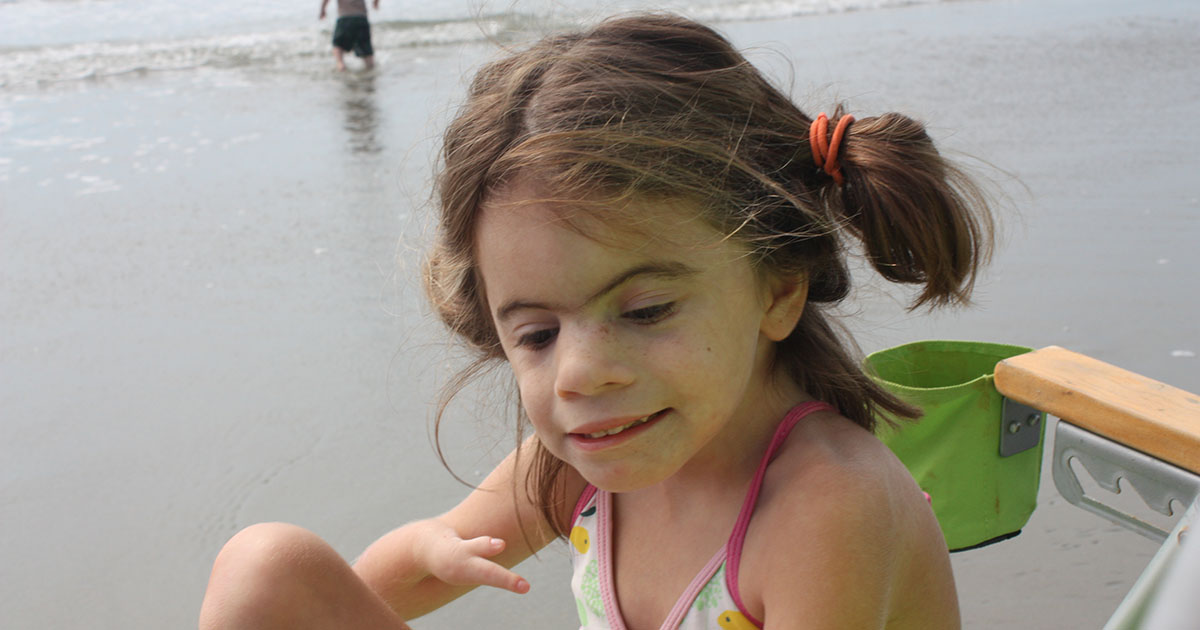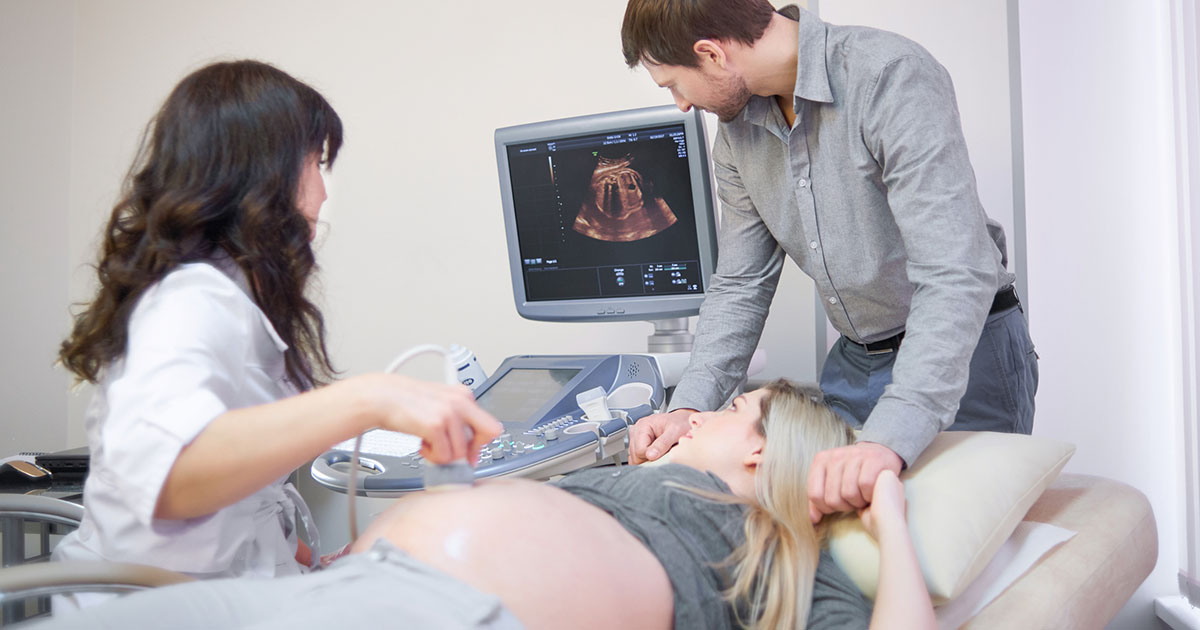Everything You Need To Know About Cornelia de Lange Syndrome
Symptoms Of CdLS

Though the symptoms of CdLS can differ, common ones affected individuals experience include delayed growth during fetal development and after birth, developmental delays, intellectual disabilities, skeletal abnormalities in the arms and hands, gastrointestinal difficulties, excess hair growth, hearing loss, and nearsightedness. Other potential symptoms include genital abnormalities such as cryptorchidism, as well as congenital heart defects and seizures.
The craniofacial features typically displayed by CdLS patients include microcephaly, where the head’s circumference is smaller than average, synophrys, where arched eyebrows grow together in the middle, small, widely spaced teeth, low-set ears, and a small, upturned nose.
The Road To Diagnosis

Similar to other conditions, a CdLS diagnosis is determined by identifying its characteristic symptoms with a thorough medical examination of the patient in question. Genetic testing may be able to confirm the diagnosis, but as previously mentioned, thirty percent of cases have an unknown genetic cause. Diagnosis typically occurs after birth or during childhood when the physical characteristics are present, though it can be difficult if symptoms are mild. However, Cornelia de Lange syndrome can occasionally be diagnosed prenatally through ultrasound imaging. In ultrasound imaging, the reflected sound waves create an image, which may reveal some of the characteristics of CdLS. When they do reveal characteristics, they are typically limb abnormalities, organ malformations, facial anomalies, as well as delayed growth.
